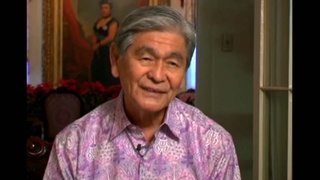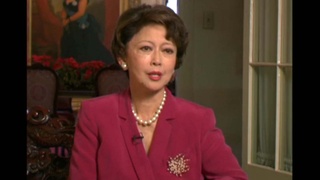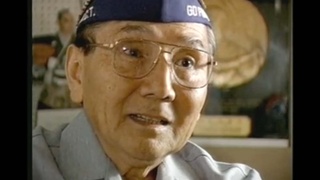Interviews
Teaching at the military language school during World War II
My Japanese was quite good in terms of writing and so forth. One of the interesting assignments I got when I was teaching at Fort Snelling was I taught some, in this Japanese language school, I taught some English. The army had drafted Kibei who knew more Japanese than English and they were a valuable resource because we lacked mainly people who could read Japanese. But then these people's English was limited, so they had a difficult time in translating. So here I am, teaching English grammar -- [laughs] -- in this language school. It was quite an experience. And, of course, I only taught the elementary Japanese.
But then I got selected to go to Officer Candidate School. There was, when I look back, segregation in the army, because the 442nd was segregated. The 100th infantry battalion preceding the 442nd was made up of draftees of Japanese descent before Pearl Harbor.
And the language school, although we had a mixed group, there was Mr. Boggs, a haole man in our class and there were some Koreans and others, but they also had at Camp Savage, special classes for Caucasian soldiers. And these were very bright language specialists. Lot of 'em had PhDs in French or Spanish or German and a good pedigree. You know, Yale, Harvard, University of Michigan, and they had a program which was quite different from ours, but once a week in the afternoon, since they wanted the haole soldiers to hear Japanese, they had some of us meet with them, one-to-one. And we had to speak Japanese to them.
Date: March 19, 2004
Location: California, US
Interviewer: Mitchell Maki
Contributed by: Watase Media Arts Center, Japanese American National Museum.









